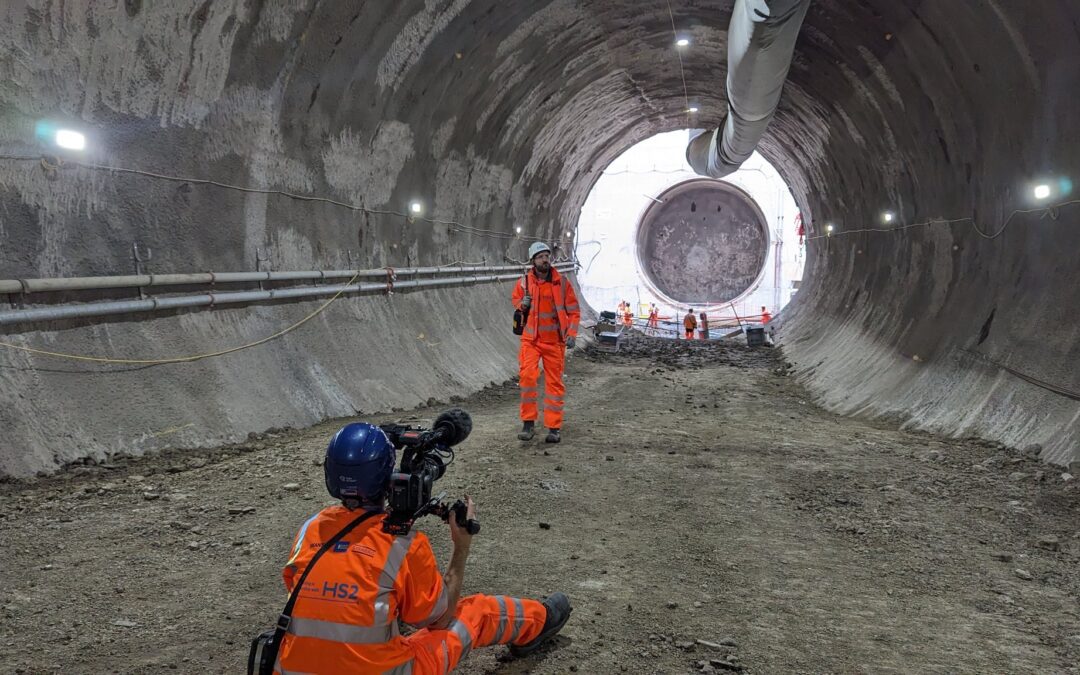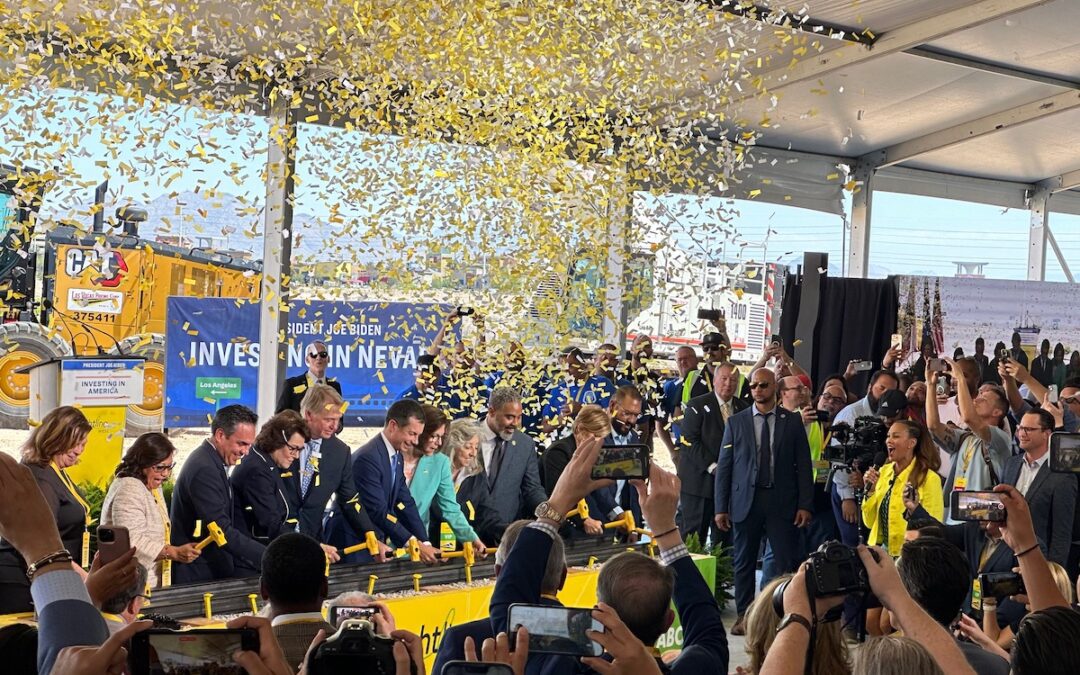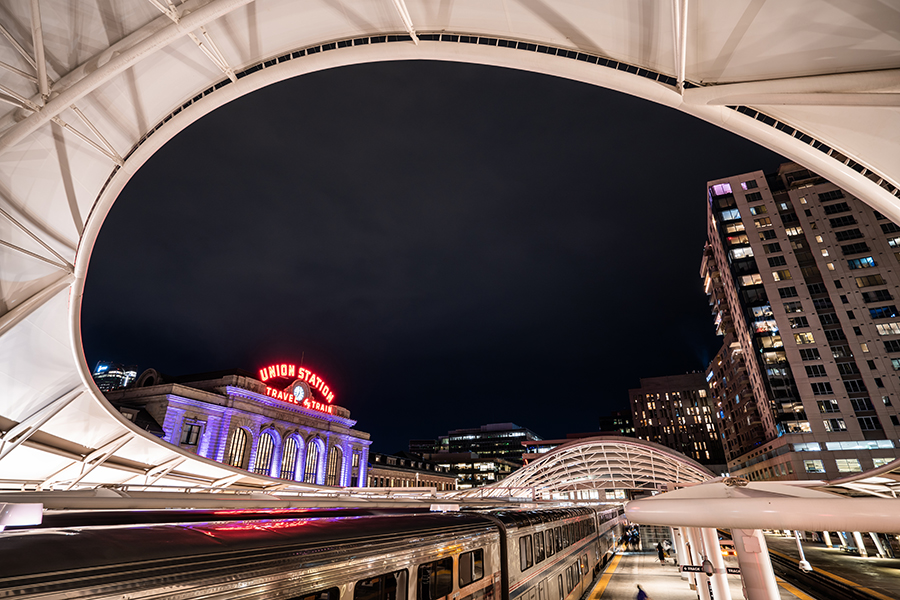10 steps need to be taken New York City’s Second Avenue subway extension opened in 2017. Five years earlier, Hamburg (German) completed an extension to the U4 line of its transit system. The projects were similar in many ways but radically different in one. Hamburg...
This was originally posted as a thread on X by:
Marco Chitti, @ChittiMarco
Substack: https://substack.com/@marcochitti
A thread about the Italian “Direttissime” as “paleo-high-speed lines” or where we can argue that progress comes out of necessity and a constant “discreet evolution”, not disruption (whatever than means).
The “Direttissime” are a set of three rail lines built from the 1910s to the 1980s along the main North-South axis of Italy that connects Milan to Naples via Rome.
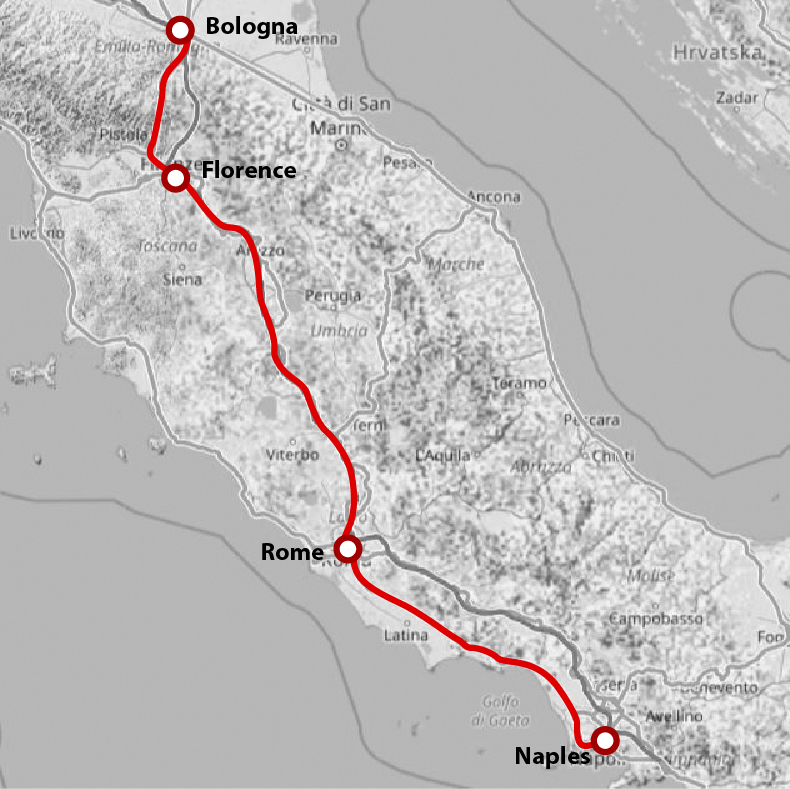
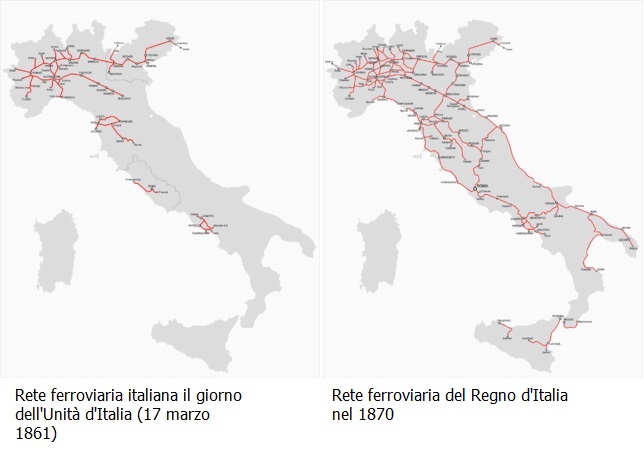
The early need to build modern rail designed for high speed arose as early as the end of the 19th century. The first Italian rail network was knitted together from isolated pre-Unitarian ones, whose construction was constrained by a rugged difficult topography.
When railways were nationalized in 1905, creating the Ferrovie dello Stato (FS), planning started to create new, electrified, faster lines along the system backbone.
The first line to be completed in 1927 was the 214 km Rome-Naples Direttissima. Closer to the coastline, it passes through the freshly dried Pontine marshes, boast a 7.5 km tunnel, and the first Italian u/g urban railway.
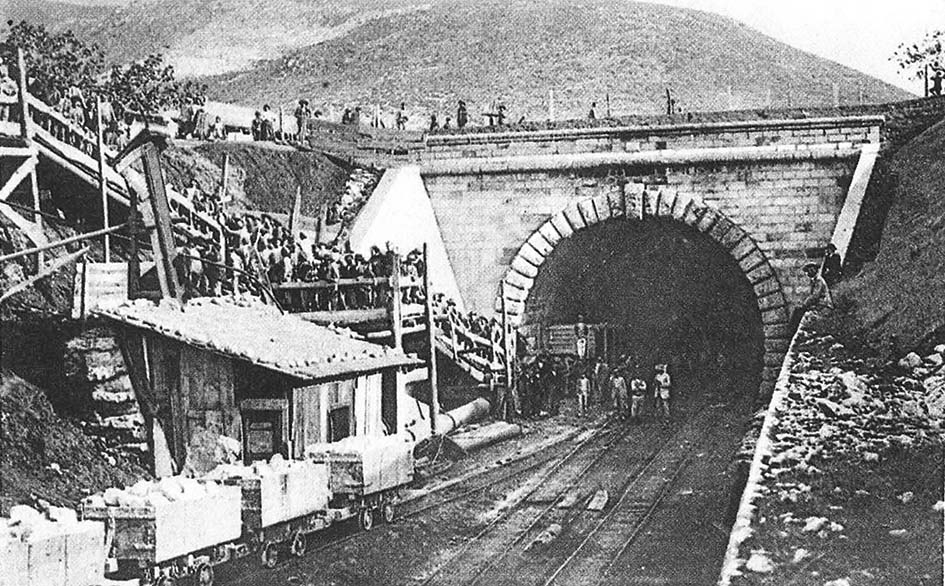
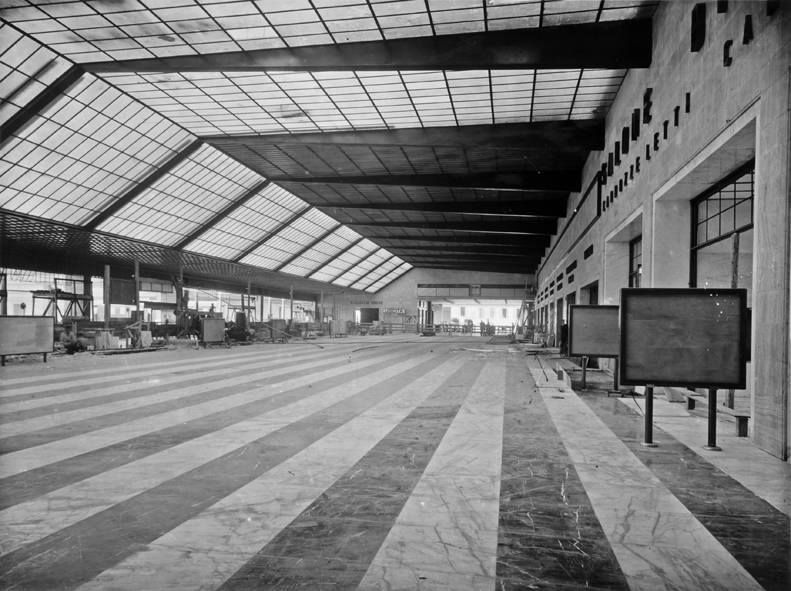
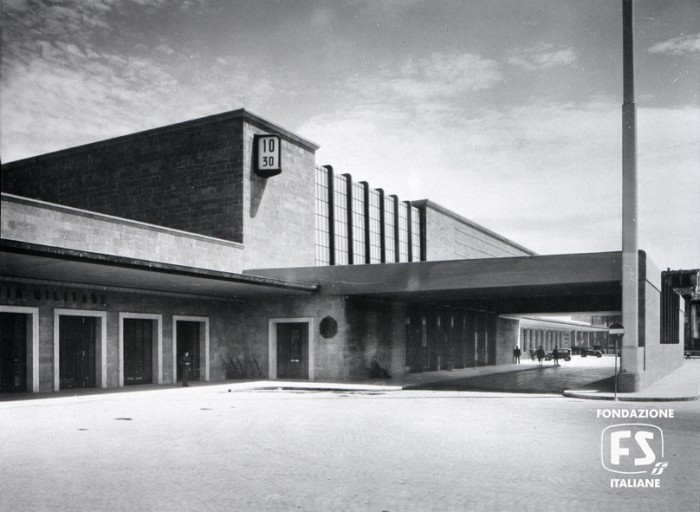
The second one is the 97 km Firenze-Bologna, opened in 1934, boasting the second-longest rail tunnel at that time at 18,5 km. I already did a little thread about it.
This modernization of the rail network came online with several new stations. Everybody knows the tremendously pompous Milan’s, but the real gem is modernist Firenze’s S.M.N. The glass covered gallery is an architectural beauty.
Side note: if we should credit someone for those impressive infrastructures, it’s not the ridiculous guy on the right, who just inaugurated them, but the moustached gentlemen on the left, the liberal prime minister Giovanni Giolitti.
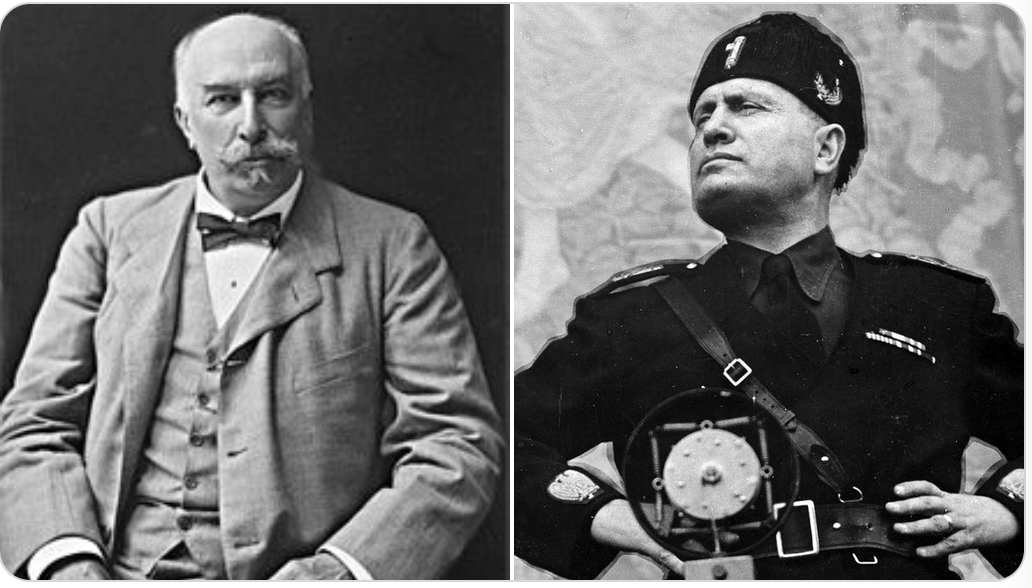
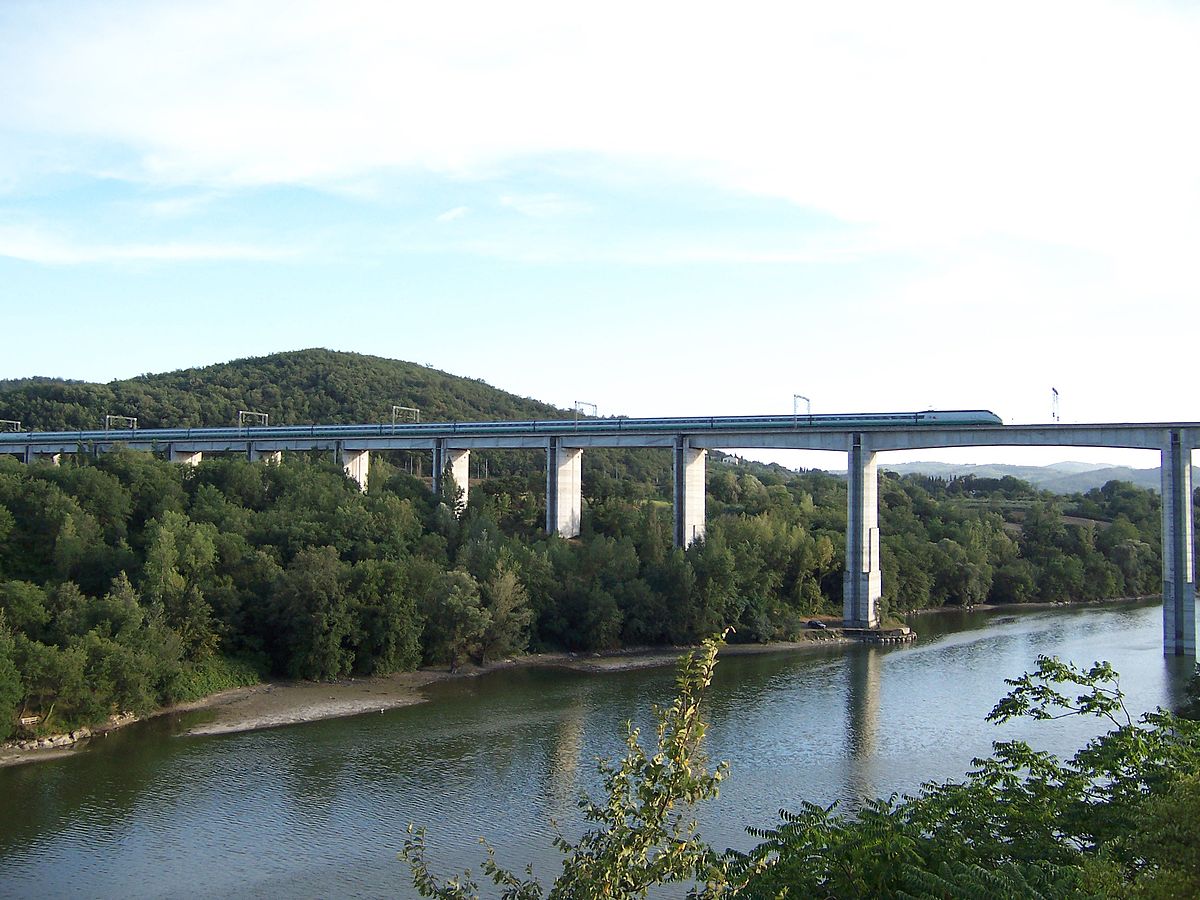
The last Direttissima links Rome to Florence in 253 km. It’s a kind of transition creature, from paleo to modern HS. It was conceived in the 1950-60s for speed of up to 250 km/h. It was inaugurated in stretches between 1977 and 1992.
The Florence-Rome Direttissima is the first modern HS line opened in Europe. Though, it is also not, as it wasn’t yet conceived as a part of a future nationwide HS passenger network, but more as the laggard of her older siblings.
The Pendolino tilting train rolled out in the 1970s is the product of this hybrid transition. While France and Japan were building and planning full-scale HS system, Italy was still trying to figure out a fast train capable of running both on new dedicated and old curvy lines.
Only in the late 1980s there was a clear decision to build a full-scale HS network. But that’s another story.
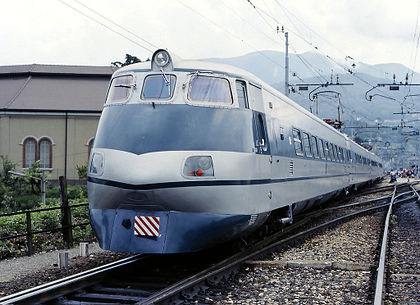
The Latest from HSRA
Our Latest Blog Posts
Check out the latest news, updates, and high speed rail insights from our blog!
